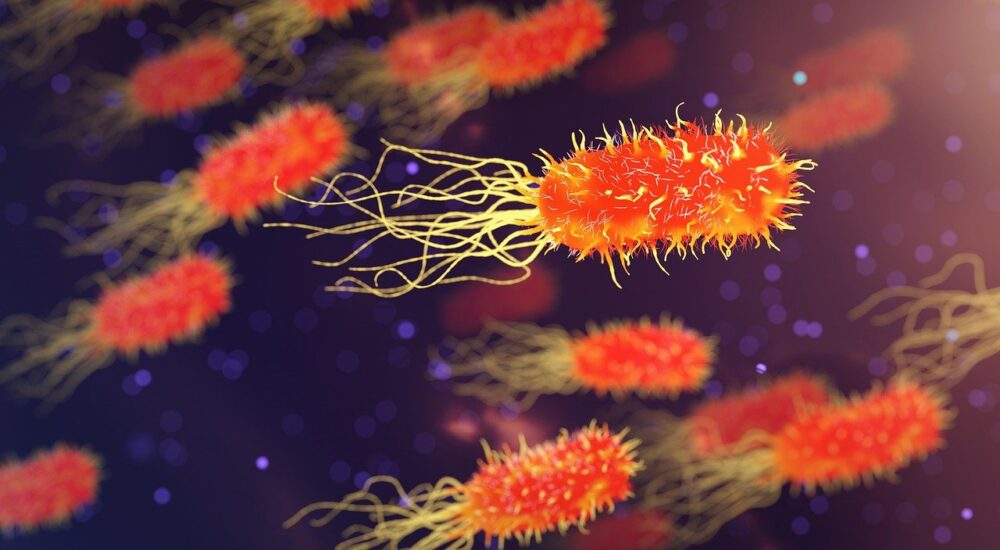Of the approximately 30,000 different species of formally-identified bacteria, less than one percent of them can make people sick. The vast majority of bacteria species are harmless or even beneficial. However, that dangerous one percent becomes more dangerous each year, killing hundreds of thousands of people around the world. How is it becoming more dangerous? Bacteria are becoming resistant to the antibiotics we have curated to fight them. Bacteria’s increasing resistance to antibiotics is leading to what scientists refer to as a “superbug crisis,” which is considered to be one of the greatest public health challenges.
Bacteria have billions of years of experience adapting to survive. Some bacteria are even able to go into a dormant state in response to inhospitable conditions and can reactivate centuries later with no problems. In a world of “survival of the fittest,” bacteria have learned to mutate and grow when they encounter the substances meant to eliminate them. Many reasons contribute to the rise in resistance, the main reason being the overuse and improper usage of antibiotics. The irony is, the more antibiotics used, the more evasive the bacteria becomes. Bacteria that encounter antibiotics more often become compelled to find ways to resist them. They can learn to metabolize the medicine, thicken their cell walls, or even alter their genetic makeup. As the non-resistant bacteria are eliminated by antibiotics, it leaves more room for the resistant bacteria to thrive.
The impending superbug will be a multifaceted crisis. One of the major reasons that people today have a much greater life expectancy than people hundreds of years ago is because of the development of antibiotics and the subsequent decrease in bacterial infections. However, in recent years, bacterial resistance has been on a constant increase. If trends continue, there will be a predicted ten million deaths each year attributed to superbugs by 2050. Another major issue is future superbugs will inevitably affect different people and different areas of the world at incredibly disproportionate rates. Those who have access to advanced medical care and technology are less likely to have fatal consequences. Developing countries will be much more vulnerable to dangerous health and economic consequences. According to the Review On Antimicrobial Resistance, a research institute commissioned by the UK government in 2014, the expected cost of the superbug crisis in 2050 is 100 trillion dollars. Since some parts of the world will be more affected than others, there is potential for future travel bans and global quarantines.
The most common bacteria are becoming the most evasive and therefore the most dangerous. For example, the group of bacteria named carbapenem-resistant Enterobacteriaceae, which can cause pneumonia and other infections, is common in hospital patients and has been declared immune from “all or nearly all” known antibiotics by the CDC. Carbapenem, a highly-effective class of antibiotic agent, is treated as a last resort in combating severe bacterial infections and is only used in dire situations. However, even they are not enough to fight Enterobacteriaceae.
Scientists are attempting to find a way to stop — or at least stall — the spread of resistant bacteria before it is too late. It is an arms race between the absolute resilience of bacteria and the finding of a new treatment. The previous cure to fight bacteria is now the aggravator and the problem, meaning scientists must innovate. Researchers at Eligo Bioscience and Locus Biosciences are attempting to genetically alter viruses and bacteria so they can utilize them to kill the infection. In recent years, scientists have been altering viruses using Clustered Regularly Interspaced Short Palindromic Repeats, more commonly referred to as CRISPR, a gene-editing technology.
Bacterial infections have always been quite common, but, usually, they can be swiftly treated with a round of antibiotics. However, researchers predict that in the next few decades it will be difficult to impossible to treat common strains of bacteria. There is potential to successfully manipulate bacteria and for viruses to become self-attacking, although the research is fairly new. One thing is for certain: catastrophic consequences are in store if the impending superbug crisis is not faced before it’s too late.
Research in Social and Administrative Pharmacy (2020). DOI: 10.1016/j.sapharm.2020.02.018
Nature (2017). DOI: 10.1038/nature.2017.22173
Pharmacy and Therapeutics (2015). PMCID: 25859123






